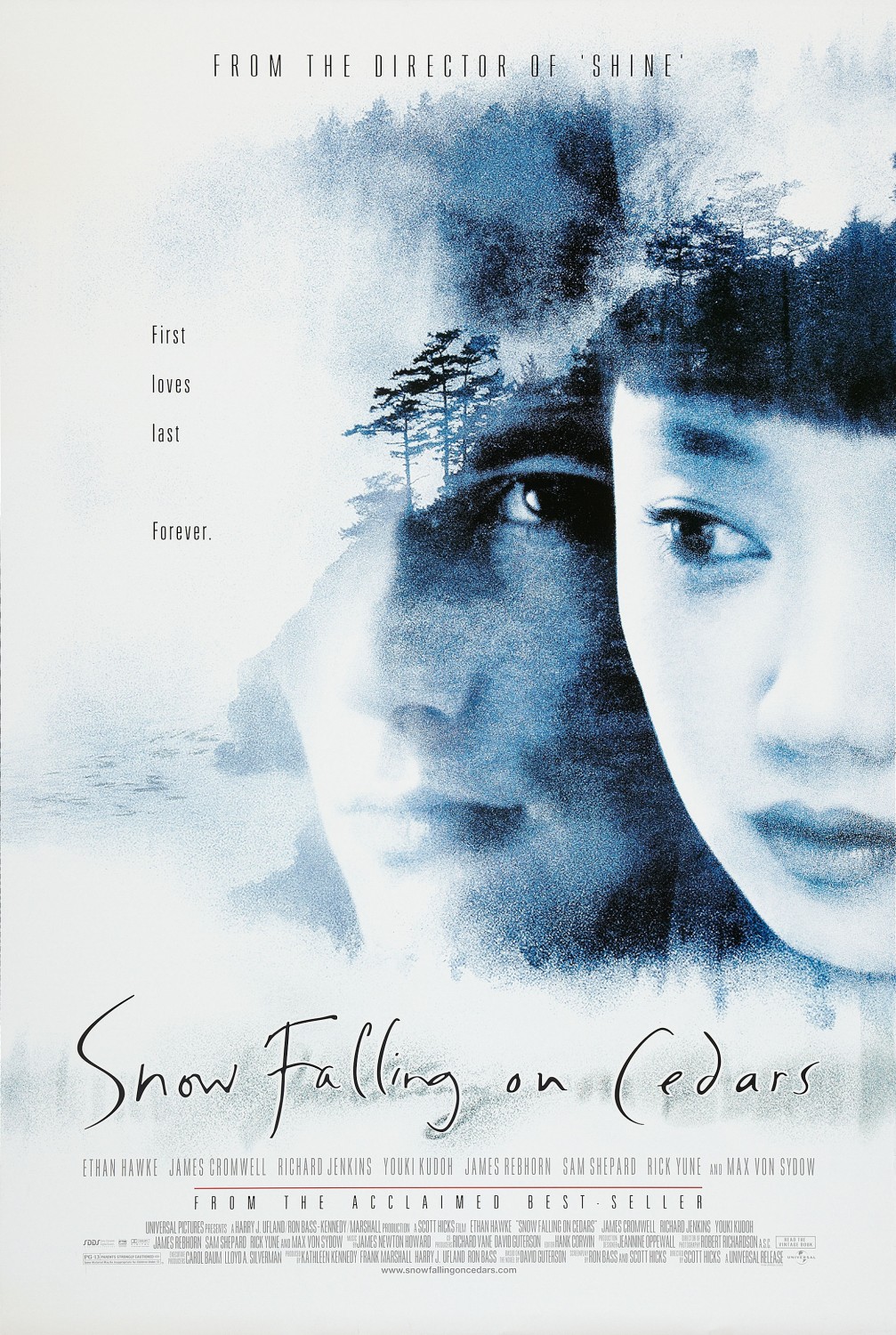

She insists on the presence of cultural differences and on her mistrust of white Americans, even though her reaction to them is also in part defensive. Notably, prejudice is also communicated strongly in the other direction, by Hatsue's mother Fumiko. Like Kabuo, people suffering from the injustices of prejudice are-by definition-not given the benefit of the doubt.

Their existence blemished America's ideal of a "just society," demonstrating the country's prejudice against some of its own citizens. It was not the war alone that resulted in the relocation camps. Kabuo's trial, coming ten years after the end of the war, alludes strongly to the continued negative reaction to Japanese-Americans among other Americans. Prejudice also drives the individuals involved in piecing together the story of what happened to Carl Heine to unfairly target Kabuo, although the facts all told could show that the death was accidental. The social power of prejudice is in evidence at the trial: the Japanese onlookers sit in the back of the room not because it is the law, but because they are socially compelled to sit there. The change involves a loss of innocence, and the men then seek to reintegrate their experiences with their loved ones through healthy marriages and family life. Kabuo, Carl Heine, and Ishmael are all described as having problems talking about the war, now that they feel permanently changed. The rift could reflect more than the distance between the sexes at that time it may also reflect the inevitable, universal difficulty of communicating one's feelings to another. The women in the novel describe a distance between themselves and their husbands, often attributing the rift to the lingering of war wounds and experiences in which they could not share, but only help to heal. Carl and Kabuo would become neighbors again they would leave the fishing aside they would do the work they both loved. By the end of the novel Carl, wanting to make amends for past wrongs, offers to finally sell the seven acres that have been in dispute. The war, however, with the relocation of Japanese Americans, destroys that dream. Both Kabuo and Hatsue share this dream, and Kabuo's father had arranged for the dream to take root during his lifetime.

More directly, the American Dream takes the form of owning one's own strawberry farm and cultivating its wealth with one's own hands and with one's children. Overlaid on this dream is the ideal of communal harmony, illustrated by the coming together of the Japanese community with the native islanders, and the Japanese girl who is chosen each year to be the Strawberry Princess. This dream is illustrated in this novel through the strawberry fields: the lush, gem-like quality of the fruit and the celebration that surrounds its harvest.

The "American Dream," the hope of political freedom and economic success, has inspired immigrants and their descendants for generations.


 0 kommentar(er)
0 kommentar(er)
